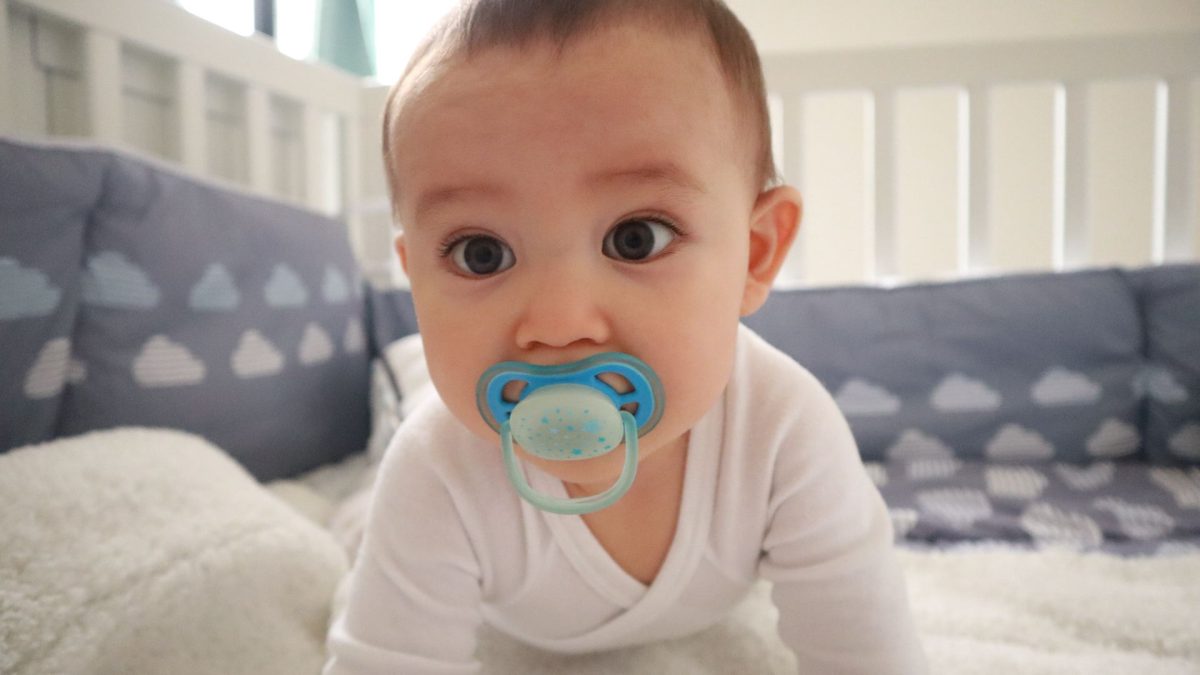Orthodontic Pacifiers: What Parents Should Know About Mouth & Jaw Development
As a parent, you want to make the best choices for your child’s health—especially when it comes to their growing smile. At Outstanding Orthodontics, we’re often asked whether an orthodontic pacifier is a better choice than traditional ones and how they may affect a child’s mouth and jaw development.
Here’s everything you need to know about orthodontic pacifiers, their benefits, and our professional guidance on when and how to use them.
What Is an Orthodontic Pacifier?
An orthodontic pacifier is specially designed to support the natural development of a baby’s mouth, teeth, and jaw. Unlike standard pacifiers, orthodontic versions have a flatter bottom and a more natural nipple shape that mimics breastfeeding. This design encourages proper tongue placement and reduces pressure on the developing palate and teeth.
But are they truly safer for long-term oral development? The answer lies in how—and how long—they’re used.
Can Pacifiers Affect Mouth & Jaw Development?
Yes. Both traditional and orthodontic pacifiers can influence the growth of your child’s mouth and jaw, especially if they’re used beyond the early toddler years. Common developmental concerns include:
- Open bite (a gap between the top and bottom front teeth when the mouth is closed)
- Overbite or protruding front teeth
- Narrow palate that can lead to crowding or crossbite
- Speech development issues linked to improper tongue posture
Orthodontic pacifiers are designed to reduce these risks by distributing pressure more evenly and supporting a more natural sucking motion. However, no pacifier is completely risk-free when used excessively.
When Should Parents Use an Orthodontic Pacifier?
At Outstanding Orthodontics, our guidance is based on both research and years of experience caring for children’s developing smiles:
Choose an orthodontic pacifier over traditional pacifiers.
If your child uses a pacifier, opt for a design labeled as “orthodontic.” These are typically softer, flatter, and more supportive of natural oral development.
Limit pacifier use after 6 months.
Pacifiers are helpful for soothing, especially during naps or bedtime. However, prolonged use—especially during active daytime hours—can increase the risk of misalignment issues.
Wean off by age 2.
Try to gradually reduce pacifier use between 12 and 24 months, and aim to stop completely by age 3. This timeline helps avoid permanent changes to the bite or jaw structure.
Get an early orthodontic evaluation.
We recommend that children visit an orthodontist by age 7. Early orthodontic evaluations allow us to detect any developmental concerns—related to pacifier use or not—and guide you toward proactive solutions.
Are Orthodontic Pacifiers Worth It?
In short—yes, especially for infants and toddlers who need the comfort of a pacifier. While no pacifier is completely without risk, orthodontic pacifiers are a smarter, safer option when used correctly and for a limited time.
They offer peace of mind for parents, better oral support for children, and a smoother transition to a healthy smile.
Final Thoughts
As a family-first orthodontic practice in Commerce Township, we know how important it is to feel confident in the choices you make for your child’s health. If you’re unsure whether your child’s pacifier use is impacting their smile—or you’re ready for a first orthodontic checkup—we’re here to help.
We treat every patient like family and believe that early education and prevention are key to long-term orthodontic success.





